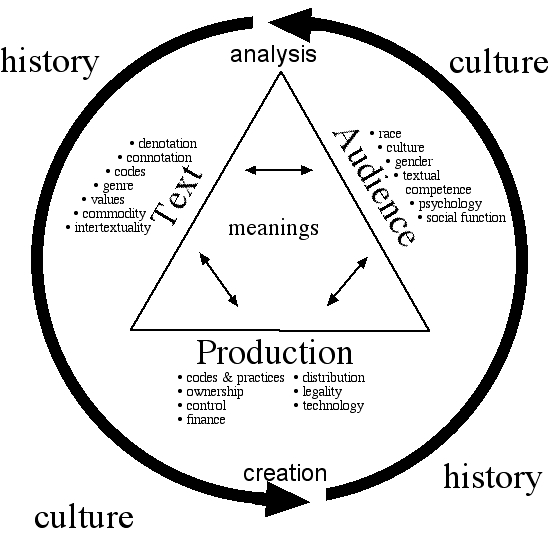Artifacts
Part of the research I’m conducting includes collecting and curating digital artifacts from/with the participants. As I begin analyzing these artifacts, I’m becoming aware of the diversity in ideas and formats for these user generated reflections. I am increasingly aware of how these artifacts reflect the embodied nature of the participants’ interactions and engagements with digital technologies. I wonder about the interactions participants have with the technologies they use to create these artifacts. Is there something else going on in these lived experiences with putting ideas from inside the head (cognition) onto a digital medium (reflective artifact). How does the decision of the tools and technologies used to enable this process to occur impact the form and format of the ideas, process, and product. How are the forms and formats I’m using to engage with these artifacts constrain or enhance my thinking and interactions with the ideas the participant has shared?
Artifacts created by participants include video production, blog posts, graphic image, sketchnotes, and an interactive story created using Twine software. Each of these formats requires me to enable different cognitive processes and digital technologies through which I can code and analyze these artifacts. These don’t fit neatly into the NVivo box where I’ve done the majority of the transcription coding. By moving outside of that box, I need to consider alternative options, knowing that these may again hinder or constrain my engagement with these artifacts.
While some of these artifacts are easily found online through an internet search, I must maintain anonymity and respect the contributions without exposing participants to wider scrutiny. This is part of the research ethics board approval requirements so must be forefront in my consideration as I begin to code and analyze the artifacts. How can I maintain this confidentiality while still managing to share my dissertation work publicly. This is one of those times when my negotiations dial toward closed settings, even if the participants have dialed their artifacts into fully online internet spaces.
As I consider the media and digital literacies required for the creation of these digital artifacts, should I compare or contrast these media productions within any specific MDL framework? Would one of the frameworks I have shared with each of the participants help me to analyze the process and product for MDL either explicitly or implicitly evident in these artifacts. Here are the items I have shared with each participant as they prepared to create their reflective digital artifact:
- Media Smarts digital literacy framework (Canadian)
- Media Triangle from Association for Media Literacy (Ontario) (graphic https://aml.ca/wp-content/uploads/2019/10/triangle1.pdf)
- ISTE (International Society for Technology in Education) – digital citizenship framework (Ribble, 2021 – USA)
- European Framework for the Digital Competence of Educators: DigCompEDU – pdf (European context)
- Five Laws of Media and Information Literacy – MIL Five Laws (infographic from UNESCO)
- MIL in teacher development – Framework (UNESCO).
The other side to this artifact production equation are the digital renderings that I have created and continue to develop as part of this research. How should these be coded, analyzed and shared in the dissertation. Since these are compilations and amalgamations of the artifacts and ideas evident from the research literature or from the participants’ contributions, there is no need for these to remain anonymized or protected in any way. Posting the artifact within the digital version of the dissertation document can be an essential way to extend and enhance the writing. Yet I am aware that too many alternative digital productions can interfere with understanding and meaningful engagement with the dissertation, not only for my supervisor and committee members, but for the critical friends and open reading public. I will need to find the balance between sharing everything and sharing strategically.
So much more to think about when examining, entangling, and sharing digital artifacts.
